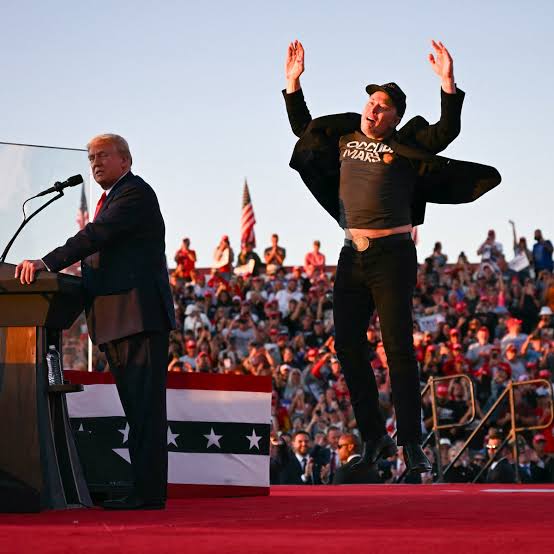The U.S. presidential election process involves several steps that span over a year, culminating in the election of the President and Vice President.
Here’s an overview of how the process works:
1. Primaries and Caucuses:
Early in the election year, states hold primaries and caucuses where party members vote for their preferred presidential candidate. These votes determine how delegates are allocated to candidates for the next stage.
2. National Conventions:
Each major political party holds a national convention where delegates officially nominate their party’s candidates for President and Vice President. The conventions also serve to unify the party and outline the platform.

3. General Election Campaign:
The nominated candidates campaign nationwide to present their policies and win the support of the general electorate.

4. General Election:
On Election Day, which falls on the first Tuesday after the first Monday in November, citizens cast their votes. While voters select a presidential candidate, they are technically voting for a slate of electors pledged to that candidate.
5. Electoral College:
The U.S. uses an Electoral College system, comprising 538 electors. Each state’s number of electors equals its total number of Senators and Representatives in Congress.
Most states have a “winner-takes-all” system, where the candidate with the majority of the state’s popular vote earns all its electoral votes.
6. Elector Voting:
In December, the electors meet in their respective states to cast their official votes for President and Vice President.
7. Congress Counts Electoral Votes:
In early January, a joint session of Congress convenes to count the electoral votes. A candidate must receive a majority of at least 270 electoral votes to win.
8. Inauguration:
The President-elect is inaugurated on January 20th, marking the beginning of the new presidential term.
If no candidate secures a majority in the Electoral College, the decision goes to the House of Representatives, which selects the President from the top three candidates, with each state delegation having one vote.
